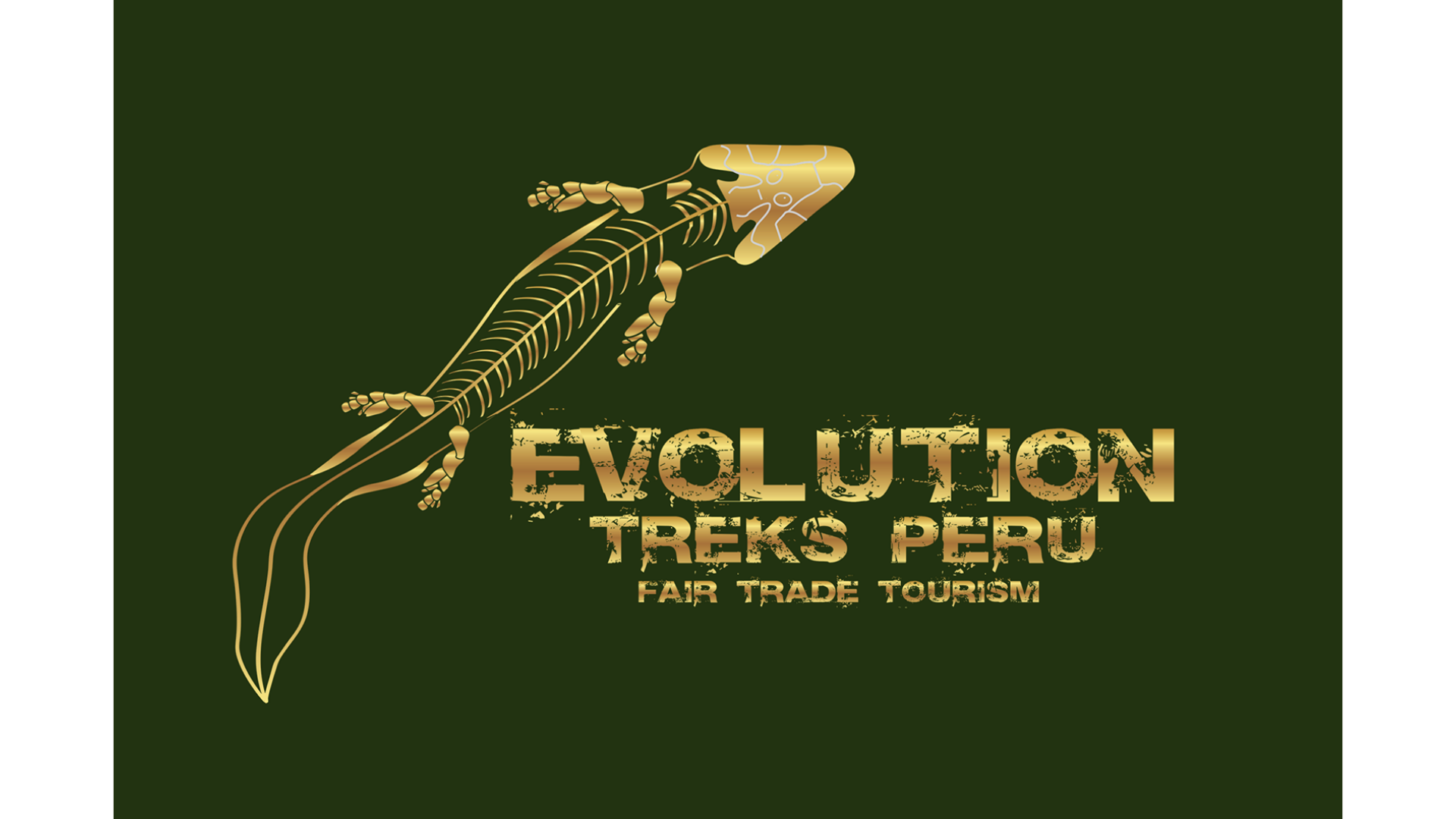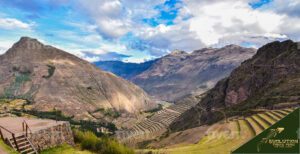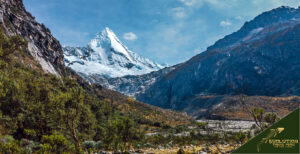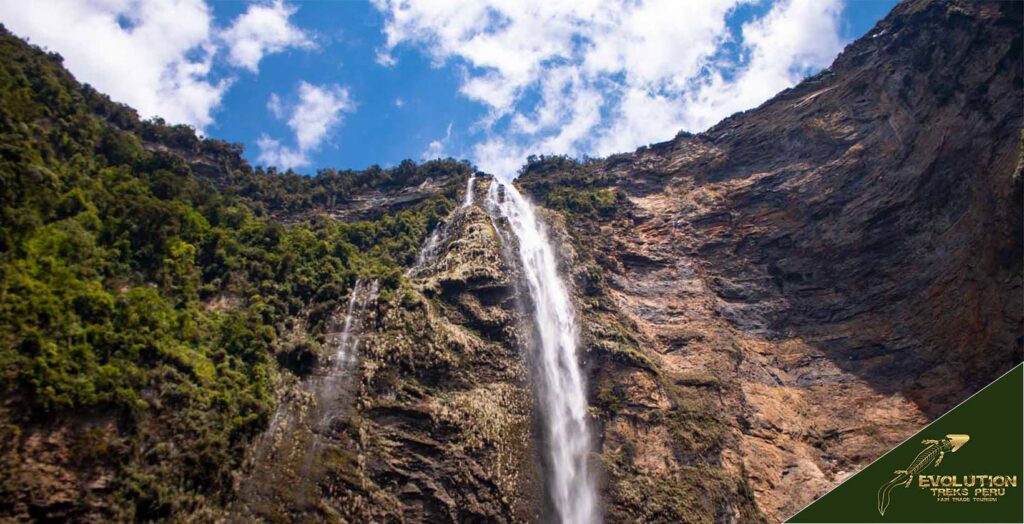
Chachapoyas Peru Guide: Tours, Hiking, Maps, Buildings, Facts and History
Chachapoyas: Discovering Peru’s Secret Historical Treasures
Chachapoyas, a hidden gem and small village tucked away in the Amazonas region of northern Peru, is an explorer’s dream come true.
This hidden town is a treasure trove of culture and history, with plenty to explore.
From ancient ruins to stunning waterfalls like Gocta – one of the world’s tallest – Chachapoyas promises an adventure unlike any other.
You might be wondering why you’ve never heard about this place before… Well, let’s dive into its captivating story!
The Chachapoya Culture and Its place in the History of South America
While the Incans may dominate historical narratives, it’s impossible to overlook the significant impact of another civilization – The Chachapoya culture. Often referred to as the ‘Cloud Warriors’, these fierce warriors ruled over a vast region in northern Peru long before their Incan conquerors arrived.
Their architectural prowess and unique cultural practices continue to captivate historians and travelers alike, reminding them of an era when they held sway over what is now known as Amazonas.
Understanding the Origins and Lifestyle of Chachapoya People
Dwelling high up in the Andean cloud forests from around 800 AD until the late 15th century, this semi-nomadic society was adept at carving out settlements on difficult-to-reach mountainous terrains. Agriculture played a pivotal role for them, with crops like maize, beans, guava, and papaya cultivated using terrace farming techniques that maximized available land resources within challenging geographical constraints.
Rather than being governed by a centralized authority or hierarchical structure often associated with ancient civilizations, evidence suggests that smaller autonomous units were more prevalent among them, which adds further intrigue into understanding their societal organization.
Examination of Their Relationship With Inca Conquerors
The Incas’ expansion reached deep into territories inhabited by the Cloud Warriors during the reign of Tupac Yupanqui (1471-1493). Despite putting up staunch resistance initially against the invading forces, thanks largely to their superior military might and manpower, along with strategic alliances forged between certain local groups within the region itself, it ultimately led to their downfall.
Despite the conquest, many aspects of the Cloud Warriors’ culture were retained and even adopted by the Incas. Instead, it led to a mutual exchange where both parties influenced each other significantly over time, including adopting several construction methods originally used for building walls without mortar, for instance.
Unfortunately, though, most tangible traces related to this intriguing culture were lost after the Spanish invasion. This was either due to deliberate destruction, as they were considered pagan symbols by the new Christian rulers, or to natural decay caused by centuries of neglect. Yet, their archeological remains speak for them still.
Key Takeaway:
The Chachapoya culture, known as the ‘Cloud Warriors’, was a significant civilization in northern Peru before the Incas. They excelled at mountainous agriculture and had a unique societal structure with autonomous units. Despite their eventual downfall in the Incan conquest, they left an indelible mark on history.
Modern-Day Chachapoyas Town
In the heart of northern Peru, you’ll find a hidden gem known as Chachapoyas. This charming town is not your typical tourist spot but offers an immersive cultural experience to its visitors.
Travelers now have the chance to uncover this remote area of South America like never before. Despite being off the beaten track, modern-day conveniences have made it easier for travelers seeking unique experiences and rich history, like those offered in Chachapoya culture flourished areas.
Exploring Local Life in Present-Day Chachapoyas
Dive into everyday Peruvian life as you wander through bustling streets with small shops selling traditional crafts. The central plaza serves as the main square and a hub where locals gather over regional delicacies such as cecina or juanes, offering insights into authentic Peruvian cuisine.
Cultural events are frequent here, too; festivities like Carnival and Semana Santa offer lively music performances and parades filled with color and dance – all providing glimpses into the vibrant traditions still upheld today within this cloud warriors’ land.
If coffee piques your interest, then exploring nearby plantations will surely be rewarding. Here’s why:
- You get firsthand insight into how some of the finest beans from the Northern Peruvian Andes are grown and processed.
- A chance to sample fresh brews right at their source – talk about a farm-to-cup experience.
How to Reach This Secluded Destination
Navigating towards Chachapoyas might seem challenging given its location deep within the Amazon region, yet there are several ways to ensure smooth journeys, even for less-seasoned travelers.
- Frequent flights connect Lima with Chiclayo airport, which is around 8 hours away via road. Once there, private transport options can whisk you directly towards the final stopover, or bus rides could also be available if preferred.
- An alternative route involves direct buses from Lima via Chiclayo City, which takes about 22 hours. Also, buses cover the road from Cajamarca to Chachapoyas, which takes about 11 hours.
Key Takeaway:
Chachapoyas, a hidden gem in northern Peru, offers an immersive cultural experience with its rich history and vibrant traditions. Despite being remote, it’s now easily accessible thanks to modern conveniences. From exploring local life and coffee plantations to attending lively cultural events – Chachapoyas city is the perfect destination for travelers seeking unique experiences.
Archaeological Wonders around Chachapoyas
The vicinity of the town and city of Chachapoyas is a treasure trove teeming with archaeological sites that narrate tales about its ancient dwellers. These historical gems offer an intimate look into the culture, architecture, and way of life led by the people who once called this region home.
Unveiling secrets hidden within Kuelaps’ stone walls
Nestled high in the Andean cloud forests lies Kuelap citadel, often called ‘The Machu Picchu of Northern Peru’. This colossal fortress was constructed by a pre-Inca civilization known as “the Warriors of Clouds” and boasts over 550 buildings enveloped within towering stone walls.
Kuelap’s strategic location on top of a ridge provided a natural defense against invasions while offering panoramic views over vast expanses. The structures inside the ancient fortress reveal intricate architectural designs – circular houses adorned with geometric friezes and symbolic carvings that hint at their cultural significance.
While much about Kuelap remains shrouded in mystery, recent excavations at archaeological sites have unearthed artifacts such as pottery fragments and bone tools which provide clues regarding daily life during its peak between 900-1100 AD.
Other remarkable archaeological finds near Kuelap
Apart from Kuelapa, several other fascinating sites testify to Chachopayan prowess in construction and artistry. One such site is Karajia, where eight sarcophagi stand guard on cliff edges overlooking Utcubamba Valley. Crafted from clay mixed with straw or reeds and then painted white or cream color, these anthropomorphic figures bear witness to elaborate burial customs practiced by this culture.
In close proximity lies Quiocta Caverns – a network of limestone caves housing thousands of stalactites along with human bones whose purpose still eludes researchers today. Note: These locations aren’t easily accessible; hence hiring local guides
The cloud forest and other Natural Attractions Near Chachapoyas
When you consider Peru, visions of Machu Picchu or the lively lanes of Lima may come to your head. But a hidden gem in this South American country deserves your attention – the mountain town of Chachapoyas and its surrounding natural attractions.
The Discovery Story Behind Gocta Waterfall
In 2002, an adventurer named Stefan Ziemendorff was mapping out pre-Incan ruins when he came across something extraordinary: one of the world’s tallest waterfalls nestled within the Northern Peruvian Andes’ cloud forest. The locals were well aware but kept it under wraps due to ancient folklore involving mermaids living in these waters.
Ziemendorff convinced them otherwise and introduced Gocta Waterfall, as we know it today, standing just over an hour, at a whopping height of 771 meters, ranking among the top fifteen highest globally.
Experiencing Unique Flora and fauna Surrounding It
Cloud forests around Gocta are home to towering trees swaying rhythmically against wind currents and diverse wildlife species unique to this area. From the vibrant plumage-adorned Andean cock-of-the-rock – the national bird symbolizing Peru’s rich biodiversity – to grazing woolly monkeys or elusive spectacled bears, every trek towards the waterfall guarantees new encounters.
These verdant expanses teem with endemic plant life, like various orchid species blooming throughout the year, adding more color to the vivid landscape. One such example is Cattleya rex, native solely to the northern region, which blooms from November through February during the rainy season, offering lucky visitors a sight of rare beauty.
If nature exploration ranks high on your travel agenda, consider visiting nearby protected areas like Podocarpus National Park and Alto Mayo Protected Forest, which host guided tours focusing on local flora and fauna discovery.
How to go hiking to the Gocta Falls
The Gocta Falls are a trekking paradise; they can be reached easily by horse riding and hiking. It takes about two hours to get to the waterfalls from the main square of Kochipimpa. The trail is filled with beautiful orchids, butterflies, many exotic birds, and a fantastic backdrop of massive mountains. The fees to enter the Gocta Waterfalls range around $10 Peruvian soles or ($3 US).
Key Takeaway:
Chachapoyas, a hidden gem in Peru, offers more than meets the eye. From discovering Gocta Waterfall’s mesmerizing heights to encountering unique wildlife and endemic plants in its cloud forests, this town is an untapped treasure trove for nature enthusiasts.
Mysterious Sites Around Karajia & Quiocta
Chachapoyas, a region brimming with history and culture in northern Peru, is home to more than just natural beauty. It’s also the location of some truly enigmatic sites that offer insight into ancient burial customs and mysteries yet to be deciphered.
The Significance and Mystery Surrounding Karajia Mummies
In a remote corner of this region lies Karajia – a site that stands as a testament to the unique funeral practices followed by the Chachapoya people centuries ago. Here, you’ll find eight sarcophagi perched precariously on cliff faces; their shapes resemble human figures crafted from clay mixed with straw, then painted white for preservation purposes.
Each one measures approximately 8 feet tall and features exaggerated jawlines believed to symbolize protective spirits guiding deceased souls to complete their afterlife journey successfully. A visit here offers fascinating insights into ancient funerary rites and a marvel at how these structures have survived harsh weather conditions over many generations, remaining intact to this day.
Delve Deep into Quiotca Caverns’ Stalactite-Studded Interiors
If open-air tombs aren’t intriguing enough, wait until you explore Quiocta Caverns’ mysteries near Lamud town. This vast network of caves houses piles upon piles of bones whose origins remain uncertain even today – are they remnants left behind following mass burials? Or were trophies collected during warfare periods among indigenous tribes?
- Pondering about mysterious bone collections scattered across cave floors;
- Gazing upwards, admiring thousands-year-old stalactites hanging down like chandeliers, adding eerie beauty within otherwise dark confines;
Beyond skeletal remains, though, lies another spectacle worth witnessing – hundreds, if not thousands, of stalactites dangling downwards, resembling intricate chandeliers
FAQs in Relation to Chachapoyas
What are some interesting facts about Chachapoyas?
The Chachapoyas culture, also known as the “Warriors of the Clouds,” were an ancient Andean culture. They built impressive cliffside tombs and fortresses like Kuelap, often called the Machu Picchu of northern Peru.
What is Chachapoyas known for?
Chachapoyas is renowned for its archaeological sites, such as the Kuelap fortress and Karajia sarcophagi. It’s also home to Gocta Waterfall, one of the world’s tallest waterfalls, which was discovered only in 2002.
Were Chachapoyas white?
The term ‘white’ was used by Spanish conquistadors to describe the fair-skinned Chachapoya people compared to other indigenous groups they encountered in South America. However, their actual skin color varied among individuals.
What happened to the Chachapoyas?
The Inca Empire conquered them around 1475 AD. Afterward, diseases brought by Europeans during colonization decimated their population significantly, eventually leading to their cultural extinction.
Conclusion
Unearthing the secrets of Chachapoyas has been a journey through time.
We’ve delved into its rich history, from the ancient culture that once ruled these lands to their fascinating relationship with Inca conquerors.
The modern-day town, secluded yet charming, offers an experience off-the-beaten path and away from the city and typical tourist spots.
From Kuelap’s stone walls to other archaeological finds near it, we’ve explored remnants of a civilization lost in time.
Nature lovers were not left out either – Gocta waterfall and surrounding flora & fauna make for breathtaking sights.
Karajia mummies and Quiocta Caverns added mystery to our adventure as they whispered tales of enigmatic burial customs and unknown purposes.
Why wait if this peek into Peru’s secret treasure ignited your wanderlust spirit or piqued your historical curiosity?
Join us visit Chachapoyas on an unforgettable journey, where we bring such captivating stories alive through immersive travel experiences. Explore Chachapoyas with us!
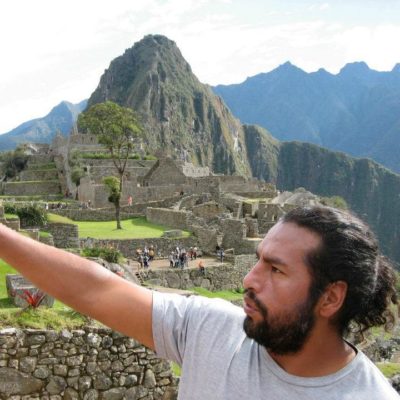
Miguel is a professional tour guide from Cusco, Peru, with almost 20 years of experience leading tours and a deep knowledge of Peru’s cultural and ecological diversity. He is also an advocate of ecotourism and cultural sensitivity and has lectured on these topics in the US and Europe. He co-founded Evolution Treks Peru, a worker-owned travel company based in Cusco.
